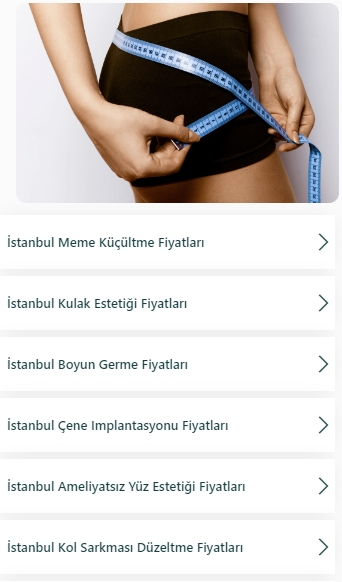
Hyperbaric Oxygen Therapy
- Hyperbaric Oxygen Therapy
- How is the treatment applied?
- How long does the treatment last, and what can be done during this period?
- What conditions are treated with this therapy?
- What are the side effects?
How is the treatment applied?
Our treatments are conducted in our specially manufactured pressure chamber equipped with the latest technological features and under safe conditions. The interior of the pressure chamber is filled with air, increasing the pressure to 2-3 times normal atmospheric pressure. This pressure level creates an effect similar to diving to a depth of 14-18 meters underwater. During the pressure increase, patients may feel changes in their ears, akin to those experienced while ascending mountains or during airplane travel. To equalize the air pressure in the middle ear and sinus cavities with the air pressure inside the chamber, certain pressure equalization maneuvers must be performed inside the chamber. Once the target pressure is reached, 100% oxygen is inhaled through a mask.
How long does the treatment last, and what can be done during this period?
The frequency of treatment sessions varies depending on the condition being treated, typically involving 1 or 2 sessions per day, 6 days a week. The total duration of treatment is approximately 30 days, but this may vary for each patient. Each treatment session lasts 2 hours, during which patients undergo three 25-minute oxygen inhalation periods interspersed with two 5-minute air breaks. Throughout the treatment, medical interventions and monitoring are performed by healthcare personnel as needed. The operator located outside the pressure chamber maintains auditory communication via an intercom and visual communication through monitors with the patients and staff inside.

What conditions are treated with this therapy?
The most common reason for seeking hyperbaric oxygen therapy is non-healing wounds. These wounds are often caused by conditions such as diabetes, vascular circulation problems, varicose veins, surgical interventions, pressure sores, radiation-induced injuries, and soft tissue infections. Other indications include sudden hearing loss, sudden vision loss, decompression sickness in divers, carbon monoxide poisoning (from stoves, natural gas, etc.), cyanide poisoning, gas embolism, gas gangrene, traumatic brain injury, brain abscesses, bone infections, prosthetic infections, dental implant procedures, bone necrosis, grafts and flaps (skin transplants) with questionable viability, crush injuries, situations requiring accelerated bone fracture healing, burns, thromboembolisms of fingers and toes, and many other conditions. Recent studies have also shown that it can be used to delay the effects of aging, improve the quality of life in Parkinson’s patients, prevent migraines and cluster headaches, reduce symptom frequency in multiple sclerosis patients, and support medical treatment in neuroses.
What are the side effects?
The most common side effect is barotrauma, which occurs when the increased pressure inside the chamber prevents the air pressure in the middle ear and sinus cavities from equalizing. This usually happens if the patient has an upper respiratory tract infection, such as a cold or sinusitis, and can cause pain during the session. In such cases, the treatment is temporarily paused for a few days until the respiratory infection resolves.

Spc. Dr. Süleyman Metin
Aerospace Medicine and Hyperbaric Medicine Specialist


